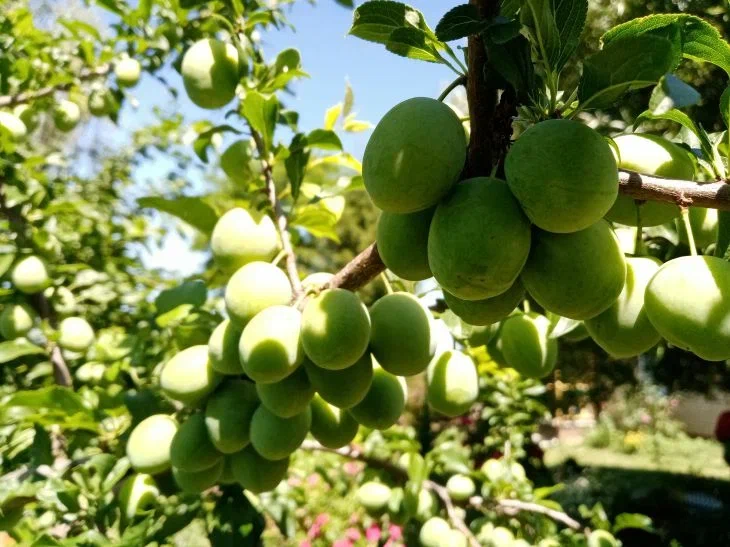5 tips for summer residents who are just planning to plant a plum tree: without them, you won’t see a harvest
Plum can safely be called one of the most important stone fruit crops.
With all this, plum, according to the expert of the online publication BelNovosti, scientist-agronomist, landscape designer Anastasia Kovrizhnykh , is a very capricious plant that does not forgive shortcomings in agricultural technology.
But don’t despair in advance: just believe that there is nothing impossible in growing plums – especially if you use the advice in this article.
1. The plum variety should be suitable for your climate. For example, residents of the northern region should not even dream of Hungarian plums - only Canadian and Ussuri plums are suitable for their climate.
2. Choose the right place for planting. Plum will not grow in a lowland, damp place, shade or partial shade, and also where cold air stagnates in the spring.

3. Drainage is a must. Before planting the seedling, place stones, crushed stone or broken bricks on the bottom of the planting hole.
4. Another mandatory “point” is pruning the plum, which should be done despite the opinion of some gardeners who believe that the procedure can harm stone fruits.
5. It is recommended to plant several trees - maybe different species, but with the same flowering period.
Please note that some plum varieties are self-pollinating, while others are self-sterile, so be sure to check with the seller what kind of plum you have in front of you.
True, even such typical self-fertile varieties as Anna Shpet and Vengerka increase the number of ovaries in the presence of pollinators growing and blooming nearby.
Earlier, an expert explained why radishes start to bloom .
